Strictly is just around the corner now, after the launch show – which usually airs the third Saturday of September – was pushed back due to the national mourning period. And if the delay and the gloomy headlines as of late have you only served to make you more excited for the glitz and glamour in the run up to the festive period, hun, you’re not alone.
If you’re a regular viewer it’s likely you’ll know the formula by now: a host of famous faces from athletes to news readers (plus the occasional politician) are each paired with a glamorous professional who coaches them through the ins and outs of a whole load of ballroom, latin, and speciality dances. But even the most dedicated among us can get a little lost when it comes to the technicalities of the routines and the judges feedback.
But if you want to impress your television viewing buddies AND know what Craig Revel Horwood and co are on about at least half the time, we’ve compiled a run-down of what’s what on the dance floor. You’re welcome.
Latin American Dances
Cha Cha Cha
If you were ever wondering where the Cha Cha Cha got its name from, simply look down – the onomatopoeic sound of the dancers’ feet shuffling to the musical genre of the same name, first popularised by Cuban composer Enrique Jorrin in the 1950s, should give you a clue.
Jive
Like the Charleston, the Jive was developed by African American communities in the early 20th century and was derived from the lindy hop. It’s characterised by a fast tempo and is named after the slang used by Jazz musicians at the time (it meant ‘glib’ or ‘foolish’ talk).
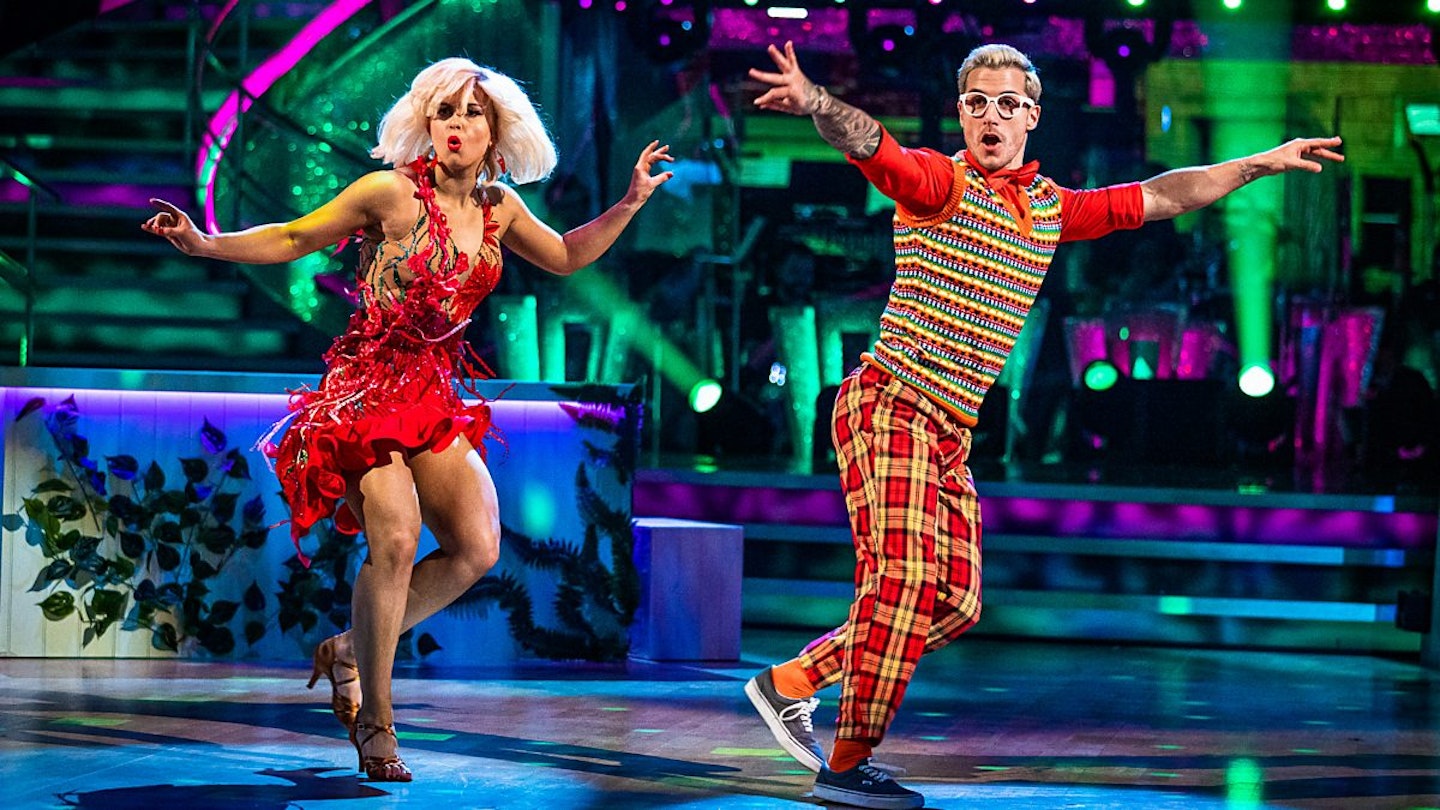
Rumba
Rumba – or Rhumba – is an umbrella term given to lots of different kinds of Latin music produced in early 20th century America but was mainly popularised by Don Azpiazú and his Havana Casino Orchestra with their song "El manisero" in 1930. The native Cuban and modernised American styles of the dance became standardised in Europe in the 1950s.
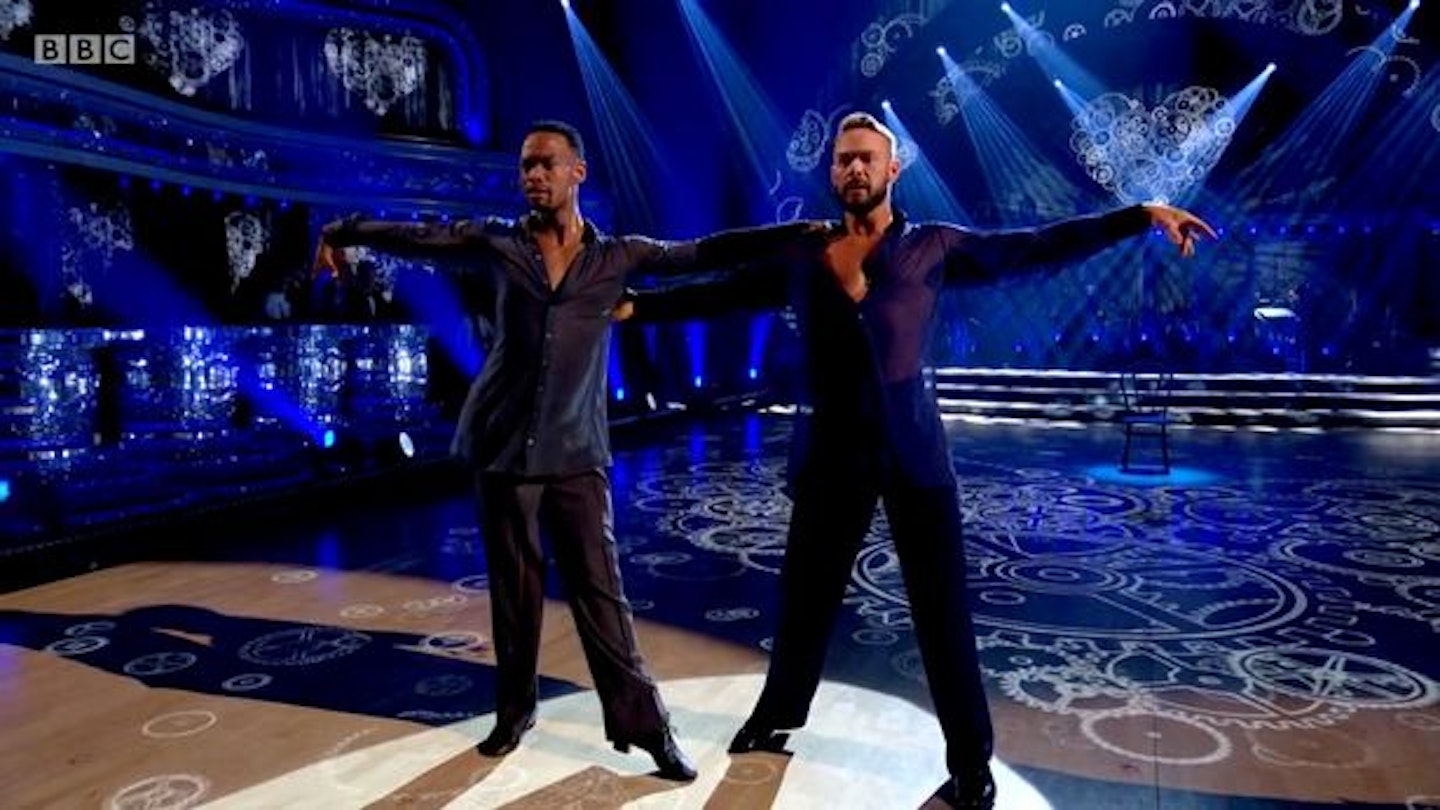
Paso Doble
This one as it’s origins way back in 16th century Spain and is thought to have derived from traditional dances of the time and, even further back, military marches. It’s developed closely with bull fighting traditions and performers will mimic the fights with their choreography.
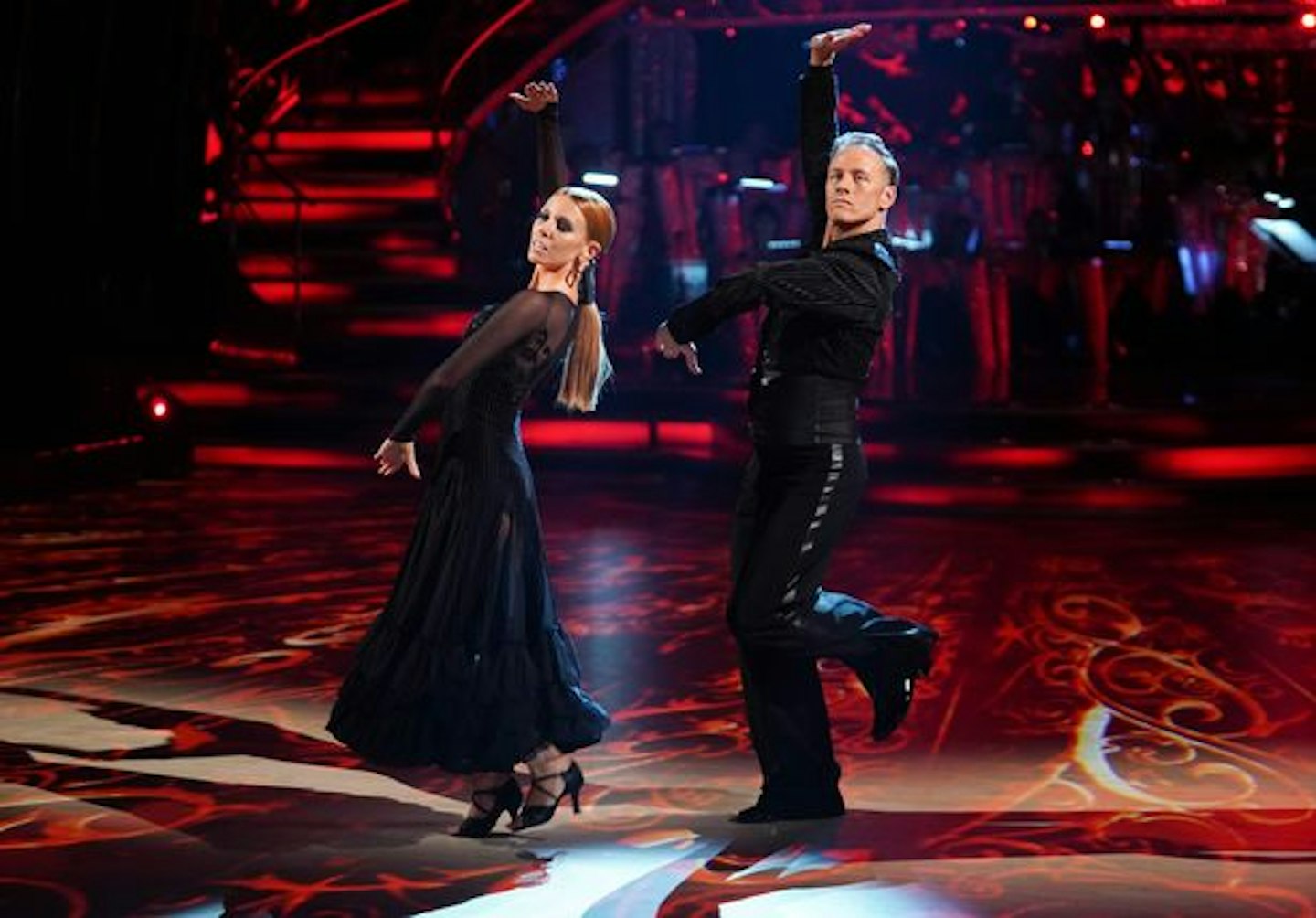
Samba
These days the Samba is synonymous with Brazil and the Rio Carnival, and though it was partially developed there can trace its origins and subsequent importation to America through the West African slave trade.
Ballroom Dances
Foxtrot
Unlike Latin dance, traditional Ballroom wasn’t normally developed in direct conjunction with a specific genre of music or even a particular song. The Foxtrot, is normally danced to Big Band (originally Memphis Blues) music and is characterised by continuous, flowing choreography. It was made famous by husband-and-wife dance duo Vernon and Irene Castle and their music director, James Reese Europe.

Quickstep
The quick step is a progression on the Foxtrot (and the Charleston) and, as its name suggest, is a quicker variation on the traditional dance.
Waltz and Viennese Waltz
The Waltz and its predecessor the Viennese Waltz are the same form of ‘rotational’ dance where partners are spinning continuously across the dance floor. The difference between the two lies in the speeds at which they are performed, with the ‘English’ or ‘slow’ Waltz traditionally danced at about half the speed of the original Viennese version.
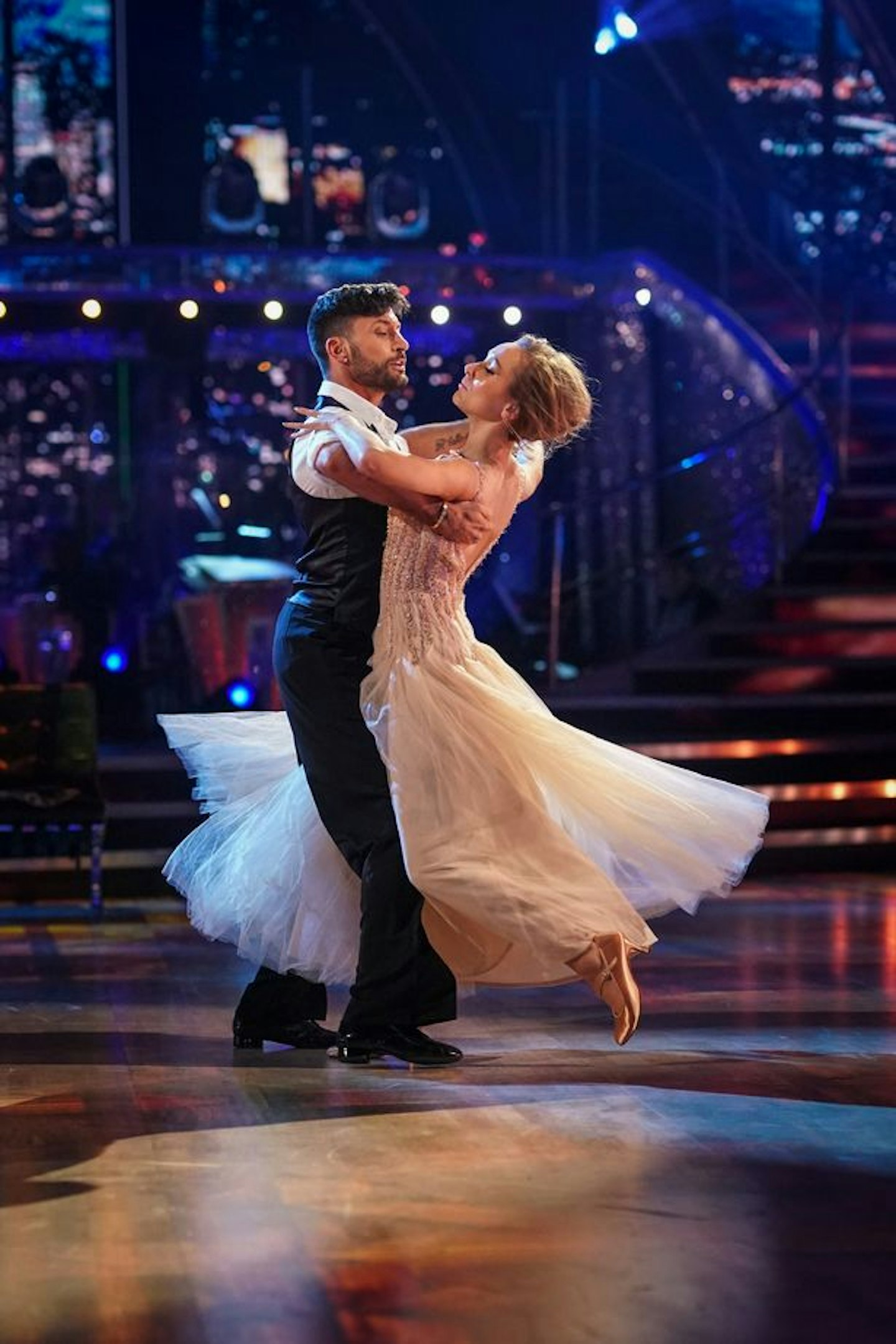
Tango
The predecessor to the Argentine Tango (more on that in a hot minute), the dramatic Tango was first danced in the 1880’s along the Rio de la Plata, the national border between Uruguay and Argentina. It rose to global popularity ahead of its contemporary dances from the time and now has stylistic interpretations from all over the world.
Speciality Dances
Argentine Tango
Contrary to what its name suggests, the Argentine Tango isn’t actually classified as a Latin American dance – instead, it falls under ‘Speciality’ dances. Like many of the dances here, the Argentine Tango was performed as an accompaniment to a genre of music, usually lamenting lost love, and developed in the suburbs of Buenos Aires in the late 19th century.
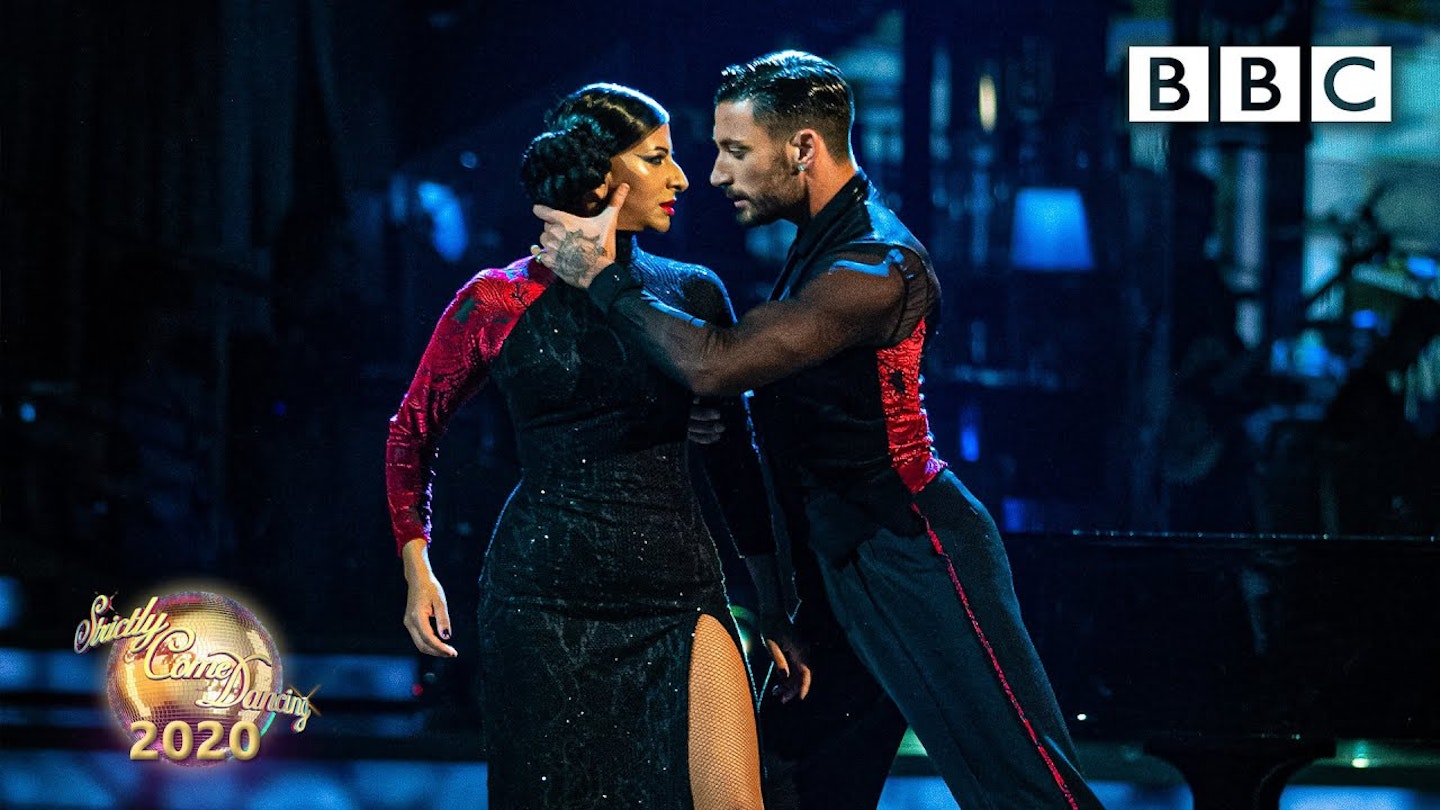
Rock n’ Roll
Rock n’ Roll dancing is less structured than many other of the dances performed on Strictly but is characterised by elements of swing and jive which, like the Charleston, originated from the lindy hop and jazz.
American Smooth
The American Smooth is an amalgamation of a number of dance styles, including the Foxtrot, the Waltz and the Tango, which combined upon reaching American shores in the 1800’s to form it’s own distinct dance style.
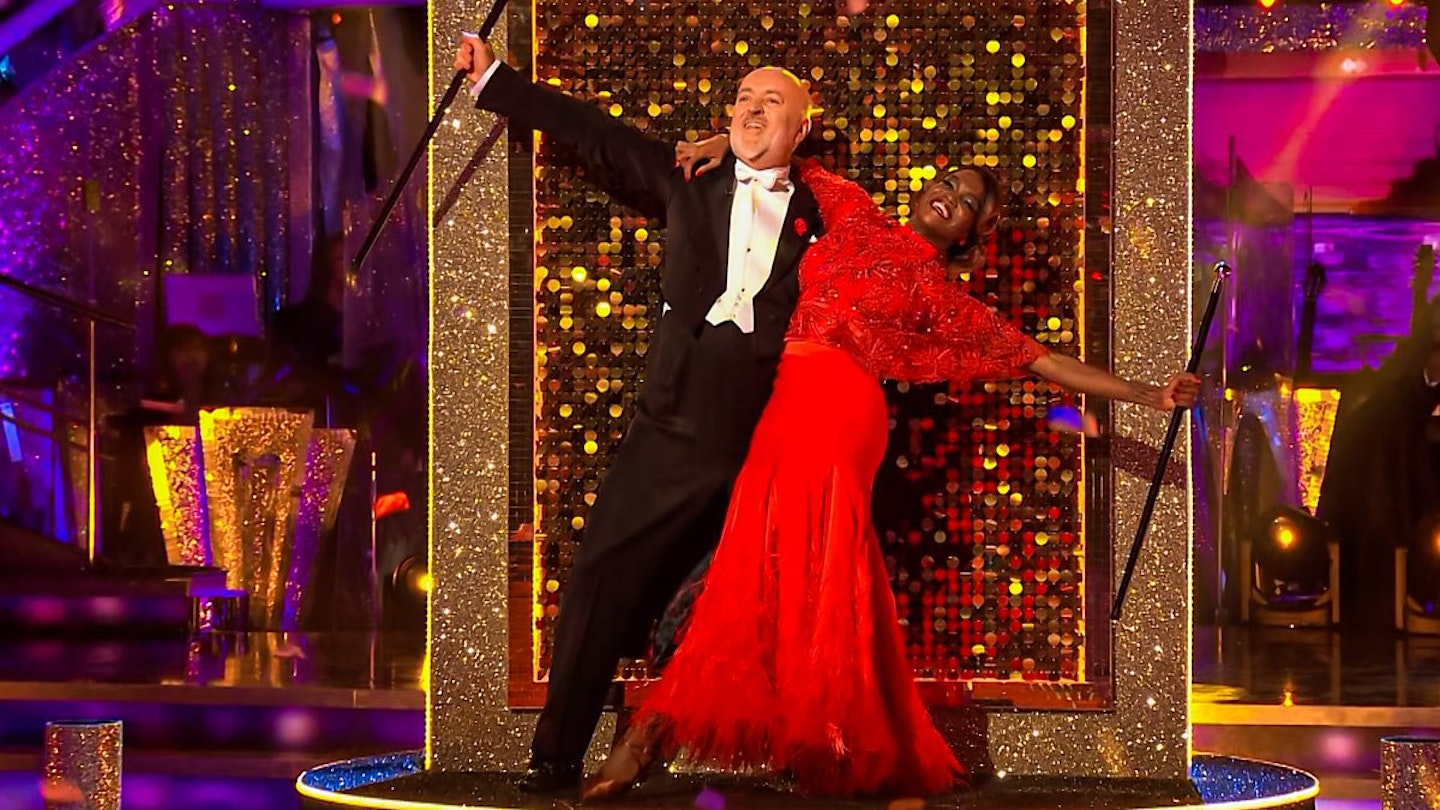
Salsa
Another which sounds as though it should be danced under the Latin category, the Salsa was actually only fully developed in 1960s New York among Puerto Rican and Cuban communities. But its roots go back much further to 19th century Caribbean. It’s characterised by its sensuality and ‘linear’ or ‘circular’ positioning.
Charleston
Unmistakably a product of the roaring twenties, the Charleston was first daunced in 1923 Broadway show Runnin’ Wild and was named after the South Carolina harbour town. By 1926 prolific performer Josephine Baker was dancing the Charleston in France and it went on to cement itself as one of the most important dances of the 20th century.
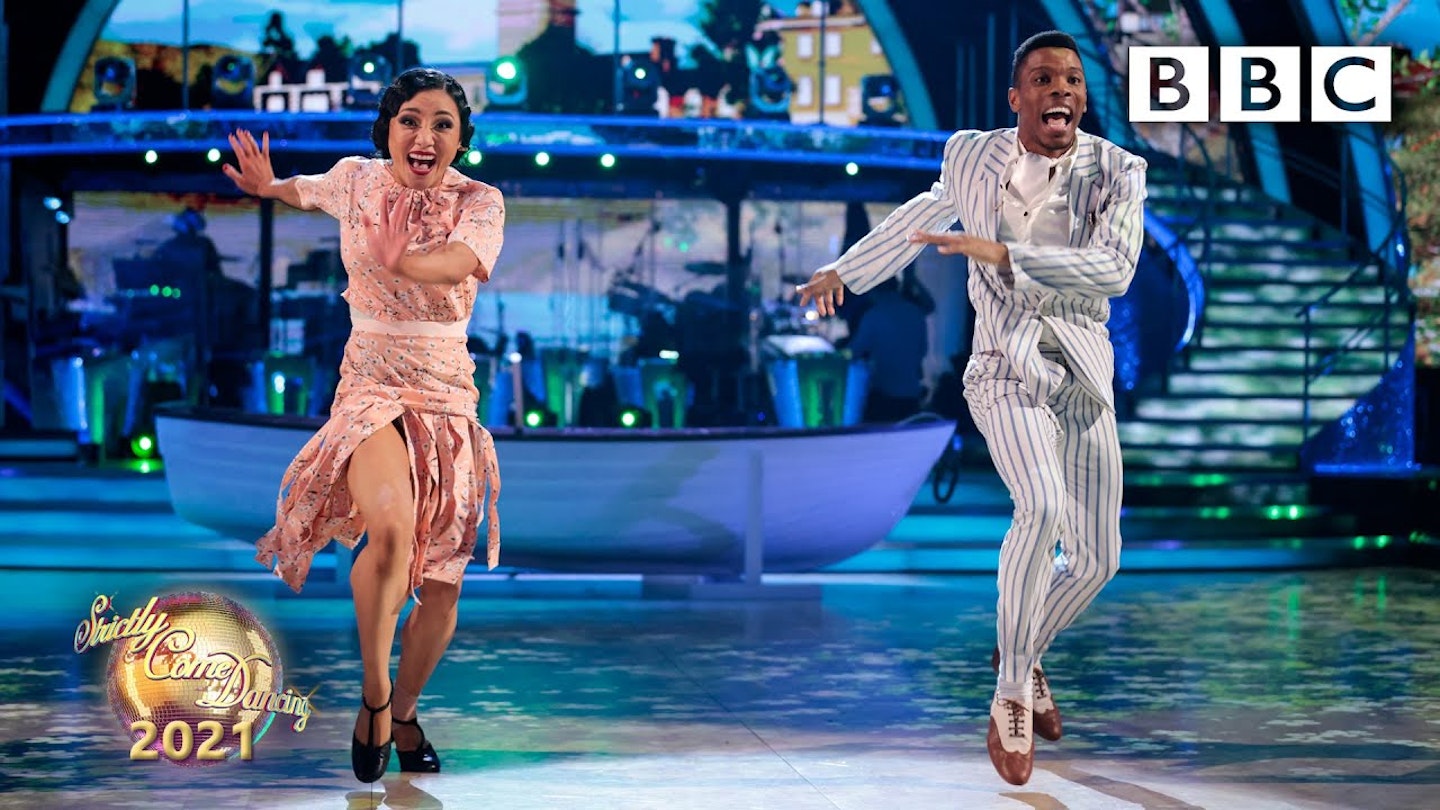
READ MORE: Meet The Strictly Come Dancing Contestants For 2022
READ MORE: Meet The Strictly Come Dancing 2022 Judges
